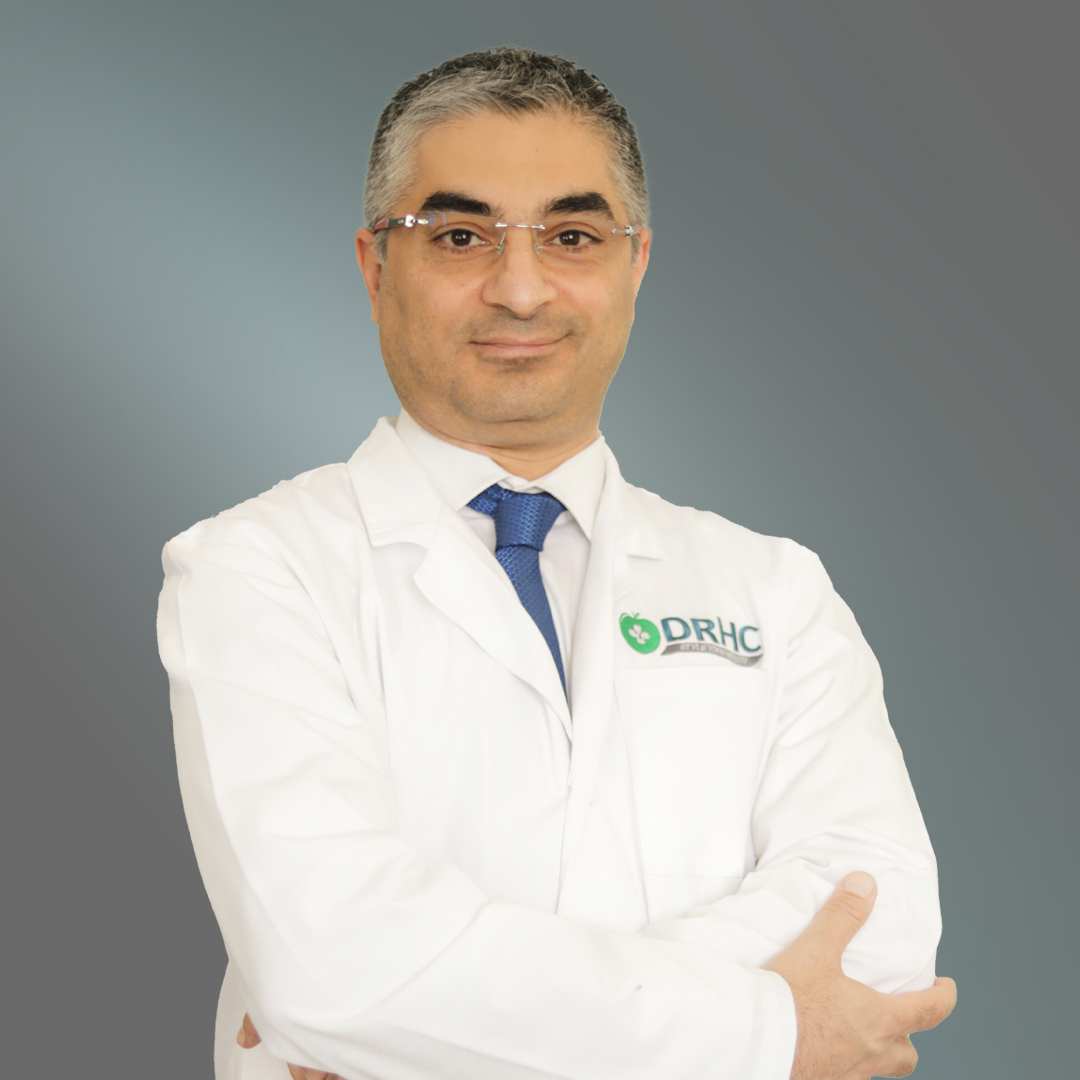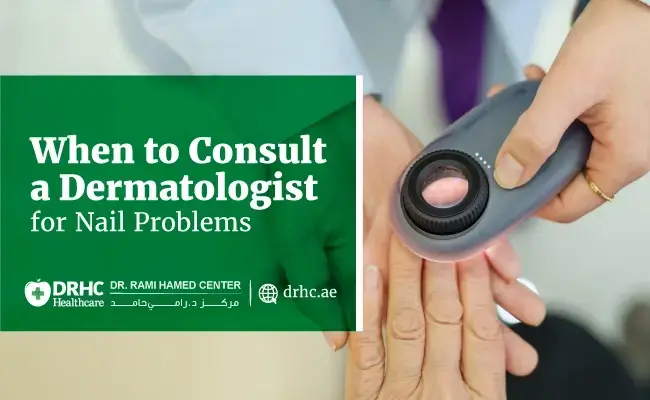
Skin health is something many of us take for granted—until we notice a new spot, patch, or mole that looks a little different. In a sunny climate like Dubai’s, prolonged sun exposure increases the risk of precancerous skin lesions, which can develop into skin cancer if left untreated.
At Dr. Rami Hamed Center (DRHC) in Dubai, our dermatology specialists emphasize the importance of early detection and regular skin checks. Recognizing the early signs of skin changes can make all the difference in preventing more serious conditions down the line.
What Are Precancerous Skin Lesions?
Precancerous skin lesions are areas of abnormal skin growth that have the potential to turn into skin cancer over time. They are not yet cancerous but serve as a warning sign that your skin has been damaged—most commonly by the sun’s ultraviolet (UV) rays.
The most frequent type seen in the UAE is actinic keratosis, a rough, scaly patch that often develops on sun-exposed areas such as the face, neck, ears, hands, and arms. While not every actinic keratosis becomes cancerous, a small percentage may progress into squamous cell carcinoma if ignored.
Common Signs and Symptoms to Watch For
Early detection starts with knowing what to look for. Here are some warning signs that a lesion might be precancerous:
- Rough, dry, or scaly patches that persist and don’t heal.
- Pink, red, or brown discoloration on sun-exposed skin.
- Crusting or bleeding spots that come and go.
- Lips that feel constantly dry or cracked, especially with discoloration.
- A new or changing mole, particularly if it’s irregular in shape or color.
If you notice any of these symptoms, it’s important to get your skin examined by a qualified dermatologist in Dubai. At DRHC, our specialists use advanced diagnostic tools, including dermatoscopy, to carefully evaluate suspicious lesions.
Who Is Most at Risk in Dubai?
Certain factors increase the likelihood of developing precancerous skin lesions, especially in Dubai’s sunny environment:
- Fair skin or light-colored eyes.
- A history of frequent sunburns.
- Outdoor occupations or hobbies.
- Weak immune system.
- Family history of skin cancer.
Even those with darker skin can be at risk—UV damage affects all skin tones over time.
Effective Treatment Options at DRHC Dubai
If a precancerous lesion is detected, early and targeted treatment can remove it completely. At DRHC Dermatology Clinic, we offer several effective treatment options depending on the lesion’s type and severity:
- Cryotherapy (Freezing Treatment): Liquid nitrogen is used to freeze and remove abnormal cells.
- Topical Medications: Prescription creams that stimulate the body to destroy abnormal skin cells.
- Laser Therapy: Targets and removes lesions while minimizing damage to surrounding skin.
- Minor Surgical Removal: Recommended when the lesion is deeper or suspicious of turning malignant.
- Photodynamic Therapy (PDT): Combines light and medication to destroy precancerous cells safely.
Our dermatologists will tailor the treatment to your skin type, lifestyle, and specific condition to ensure the best possible outcome.
Prevention Tips for Dubai Residents
Prevention is always better than a cure. You can significantly reduce your risk by following a few simple steps:
- Wear broad-spectrum sunscreen daily, even indoors.
- Avoid peak sun hours between 10 a.m. and 4 p.m.
- Use protective clothing, hats, and sunglasses outdoors.
- Avoid tanning beds and unnecessary UV exposure.
- Schedule annual skin check-ups at DRHC Dubai for early detection.
FAQs About Precancerous Skin Lesions
1. Are all skin spots precancerous?
No. Many spots and moles are harmless, but any change in size, color, or texture should be checked by a dermatologist.
2. Can precancerous lesions heal on their own?
Some may fade, but most require medical treatment to prevent progression to skin cancer.
3. Is treatment painful?
Most treatments are quick and minimally invasive, often performed under local anesthesia for comfort.
4. How often should I get a skin check in Dubai?
It’s recommended to have a full skin exam once a year—or more frequently if you have a history of sun damage or skin cancer.
5. Does DRHC Dubai offer mole mapping or screening?
Yes. DRHC provides comprehensive mole mapping and skin cancer screening using advanced diagnostic technology.
Conclusion
Your skin tells a story of your health and lifestyle—and paying attention to its changes is one of the simplest ways to protect yourself. With Dubai’s intense sun exposure, regular skin checks and early intervention are essential.
At Dr. Rami Hamed Center (DRHC) in Dubai, our dermatology team is committed to helping you detect, treat, and prevent precancerous skin lesions using advanced care and a personalized approach.
If you’ve noticed any unusual skin spots or changes, don’t wait—schedule your dermatology consultation at DRHC Dubai for a professional evaluation and peace of mind.
📞 Call / WhatsApp: +97142798200
📍 Visit Us: Dr Rami Hamed Center, Dubai Healthcare City
🌐 Website: www.drhc.ae
Topic: Dermatology









Leave a comment